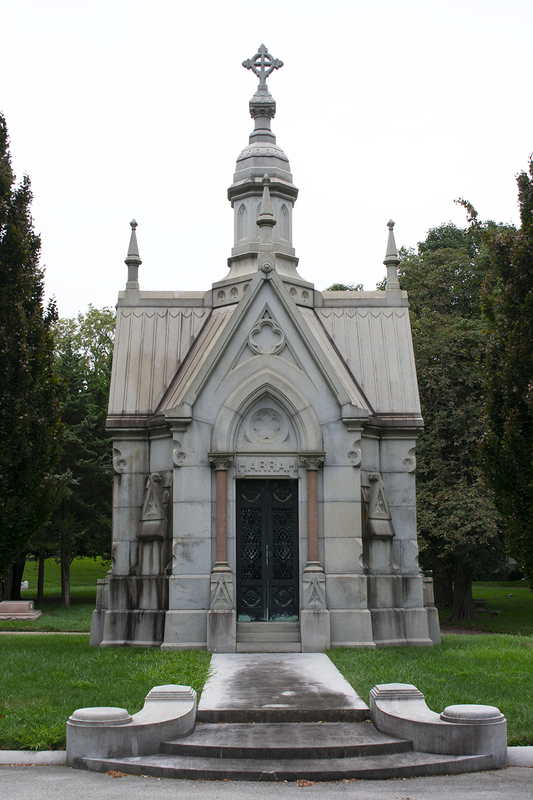Conservation Seminar: Masonry
The historic context in which masonry has been used is relevant to the behavior of individual materials and the manifestation of conditions over time. Much of what is considered visible deterioration can be attributed to any number of intrinsic and extrinsic factors including the ways in which the masonry was formed/manufactured, method/placement during installation, associated building materials/features, and interaction with the environment. All of these factors must be taken into account when understanding behavior of masonry and developing a strategy for conservation.
For masonry conservation, it is essential to understand the properties of masonry, the basic principles of deterioration, the methodology behind developing an analysis and treatment program, and to recognize that each conservation project comes with a set of parameters. These parameters may come in the form of physical restrictions or limited project resources, however, in many cases what appear to be constraints can aid in guiding the project approach.
The first half of this course offered an in-depth introduction to masonry materials, quarrying/manufacturing, construction technologies, deterioration, and methods of instrumental analysis. The second half focused on treatment and repair of masonry buildings and monuments as well as post-treatment analysis. Students were able to engage with lab and field exercises to garner practical experience. Part of this involved conducting a conditions assessment on mausoleums at the West Laurel Hill Cemetery, implementing archival research, gravimetric mortar analyses, drawing sets, materials characterizations, and conditions reports with treatment recommendations.


